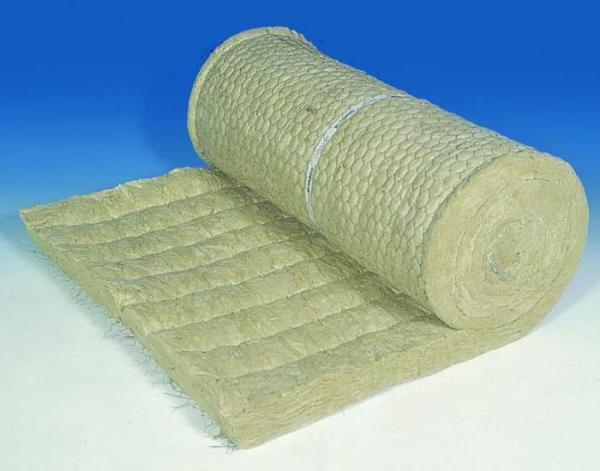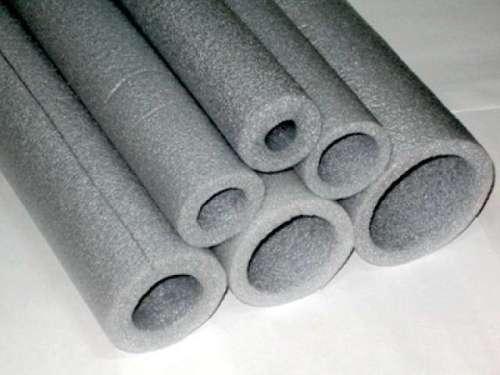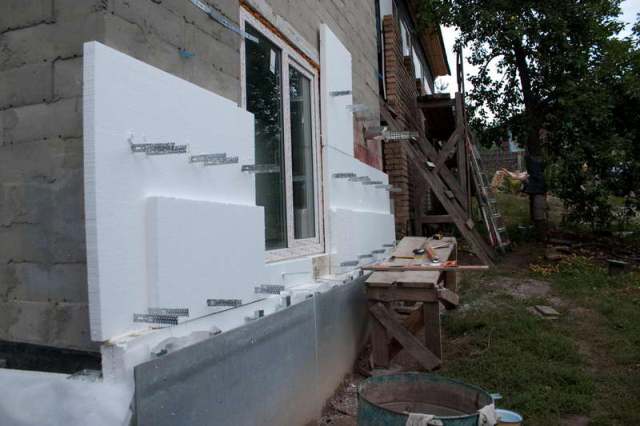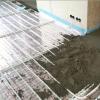For those of us who have an individual heating system installed in the apartment, such a question as insulating heating pipes may seem far-fetched. And really, why insulate something that already has a fairly high temperature?
However, the owners of country houses, as well as those who use general house heating, are well aware that thermal insulation of pipelines is not only useful, but also necessary. In our article we will tell you why you need to insulate, and what material is best suited for this.
Why is thermal insulation needed?
As we noted above, many do not understand the very purpose of insulating pipes through which hot water passes. At first glance, the situation looks somewhat absurd: it warms up the pipe itself, and even in the most severe frost it cannot freeze, which means that a breakthrough is practically excluded.

But the thing is that the task of thermal insulation of heating systems is by no means to protect them from freezing.
- If the house is heated by a separate boiler room, then all the mains through which the coolant flows must be effectively insulated. This is done to reduce heat loss during the passage of hot water from the boiler house to the consumer.
- The same applies to pipes in the basement of an apartment building: the more effective the thermal insulation of the pipes, the higher the temperature of the batteries in the rooms.
- In private houses with individual heating, the situation is somewhat different, but even in them there is sometimes a need to protect pipelines from heat loss. For example, if the boiler is located in a remote wing of the building, then the pipes passing through the basements and pantries can be covered with thermal insulation.

Naturally, in such a situation, insulated pipes for heating provide us with a double benefit: on the one hand, the temperature in the room rises, and on the other, we reduce the cost of purchasing energy.
The choice of material for thermal insulation
Mineral wool materials
To date, a variety of materials are used to reduce heat loss when moving hot water through pipelines. The choice of material depends on the pipe diameter, operating conditions, efficiency requirements, etc.
Below we will consider the most common options for insulation.
Mineral wool is one of the most popular materials used to protect the coolant in heating systems. It is used in a variety of conditions, and at the same time provides quite effective thermal insulation. Mineral wool-based materials are able to withstand temperatures up to 650 0 C, which makes it possible to use them directly in boiler rooms.

The advantages include:
- High resistance to various chemical influences - alkalis, acids, oils, organic solvents, etc.
- Non-toxic and safe to use.
- Low water absorption. This parameter is very important, since when moistened, any heat insulator loses a significant amount of efficiency.
- Low price.
Note! Mineral wool insulation is quite easy to install with your own hands - you just need to remember about protective equipment.
It will be most effective to use mineral wool for insulation of external pipelines, heating systems in the basements of multi-storey buildings, as well as for thermal insulation of chimneys, the surface of which is very hot.
Mineral wool derivatives are often used as more effective materials:
- Basalt wool- is made on the basis of natural raw materials, the main component of which is basalt-bearing rocks. It has all the advantages of mineral wool, in addition, 0- has a lower coefficient of thermal conductivity. Very durable.
- Glass wool (fiberglass)- made from quartz sand and cullet. It is characterized by low density and vulnerability to high temperatures, therefore it is used exclusively for external thermal insulation.
Polyurethane foam insulation
For domestic use, polyurethane foam insulation is most often used. These materials are produced in the form of special tubes assembled according to the “pipe in pipe” principle (pictured). Such a design, in addition to reducing thermal energy losses, additionally gives the pipeline mechanical strength.

Advice! To protect the insulation from leaks, manufacturers recommend using heat-shrinkable tape made of polymeric materials.
The positive qualities of polyurethane foam thermal insulation include:
- The absence of toxic compounds in the composition of the material.
- Weather resistance.
- High mechanical strength.
- Electrical neutrality.
Such insulating materials do not rot or break down under the influence of most chemicals.
True, there is a quite obvious drawback - the rather high cost of the material. It is this feature of polyurethane foam insulation that limits its use.
Foamed polymeric materials
In addition to polyurethane, other synthetic materials are also used for insulation. Among them:

- Foamed rubber. It is characterized by high elasticity and resistance to high temperatures. The fire resistance of foamed rubber and its tendency to self-extinguish makes this material indispensable for use in rooms where there is a high probability of contact of the insulation with an open flame or sparks.
- Foamed polyethylene- almost ideal material for internal insulation. It is produced in the form of tubes with technological cuts in a wide range: you can choose a heater for a pipeline of almost any diameter. Insulation installation instructions are shown in the video instructions on our website.
Note! Polyethylene has sufficient chemical inertness, and, importantly, does not collapse under the influence of cement and other building materials.

- Expanded polystyrene (styrofoam)- similar in properties to polyethylene foam, but has greater rigidity. The insulation is produced in the form of pipe parts, equipped with small protrusions for fastening. Does not form cold bridges, can serve up to 50 years.

- Foamed glass. It is used quite rarely, but at the same time it has good performance properties. It has a low coefficient of thermal conductivity, well protects pipes from heat loss. Differs in high density, is not deformed at long influences.
- An important plus of foam glass is that it is ignored by rodents.
Liquid thermal insulation
An alternative to all the above materials is a special heat-insulating paint. It is a composition characterized by a high rate of heat transfer resistance. This paint is applied in a thin layer on pipes, while one layer can replace polyurethane or polyethylene insulation up to 50 mm thick.

Additional benefits from the use of such paints include their aesthetic appearance and protection of the metal from corrosion. The paint layer is not subject to temperature deformations, therefore the paint does not crack even after 10 years of using the pipeline.

